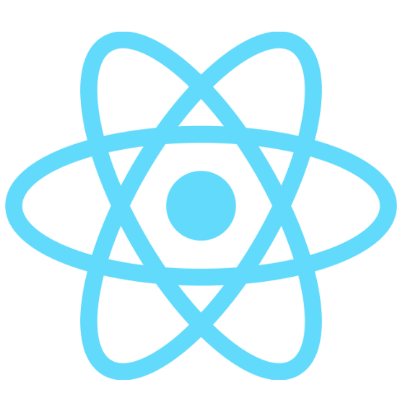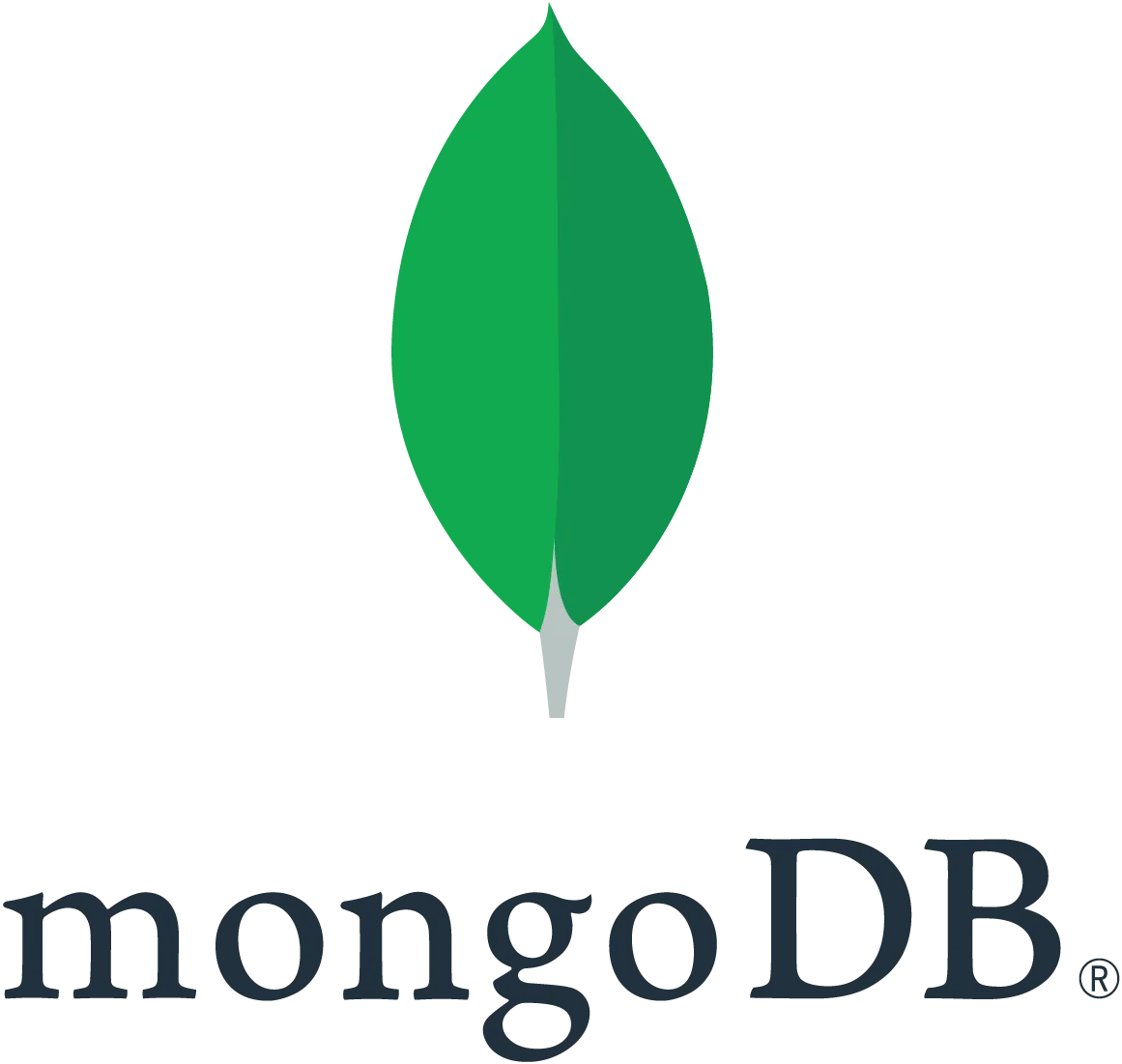We developed "SPECTRUM: LGBTQ+ Web Portal" to create a secure online space fostering connections, give support and empower LGBTQ+ individuals and their allies. This platform features User Authentication,User Login,Company Login, Admin Page, Profile Page, Q&A forums, Blog management system and Rental-Home & Job Search functionality. SPECTRUM offers a positive virtual community where users can freely express themselves, find resources, and receive peer support.
| HTML | CSS | ReactJS | NodeJS | MongoDB |
|---|---|---|---|---|
 |
 |
 |
 |
 |
Q: What motivated us to create the SPECTRUM: LGBTQ+ Web Portal?
A: We wanted to give LGBTQ+ people a place to connect, share their stories, and find resources.Existing social media platforms didn't fully address their challenges. We aimed to create a space that promotes positive interactions, support, and resource accessibility.
Q: What problem does SPECTRUM solve?
A: SPECTRUM addresses the challenges of isolation, discrimination, and lack of resources faced by LGBTQ+ individuals. It provides a secure online community where they can connect, find housing and job opportunities, and receive support from peers.
Q: What can you learn from this project?
A: This project teaches the significance of community-specific solutions. We gained insights into the struggles of LGBTQ+ individuals and how technology can empower them. Technically, we learned about user authentication, job search features, Q&A forums, and content management,admin management using HTML/CSS, ReactJS, Nodejs & MonogoDB.
Q: What's unique about SPECTRUM's features?
A: SPECTRUM's features are designed to be inclusive and resourceful. From user authentication to job searches, Q&A forums, and content management, each aspect caters specifically to the LGBTQ+ community's needs and experiences.It provides
- Dual Login System: Facilitating both user and company logins, providing distinct experiences tailored to individual needs.
- Admin Control: A dedicated admin page empowers administrators to review and report blog contents, and approve company profiles to maintain content quality.
- Blogging Platform: Users can contribute their thoughts, experiences, and insights by posting blogs, fostering a sense of community engagement and self-expression.
- Housing Listings: A dedicated space for posting house rental details, enhancing the portal's practical utility for users seeking suitable housing.
- Job Listings: Companies can post job listings, contributing to career opportunities specifically focused on LGBTQ+ individuals.
- Q&A Forums: Users can ask questions, share knowledge, and receive answers, creating a dynamic knowledge-sharing hub within the community.
- Profile Activity Hub: Users can access a consolidated profile page displaying their blog posts, questions, answers, and interactions, simplifying engagement tracking.
- Centralized Communication: The platform acts as a hub for users, enabling them to write blogs, ask questions, reply to answers, and engage with their community in one cohesive space.
Q: What's the impact of SPECTRUM on the LGBTQ+ community?
A: SPECTRUM creates a positive online environment where LGBTQ+ individuals can find understanding, resources, and connections. It addresses their unique needs and offers them a platform to express themselves freely while seeking support.
Follow these steps to set up the SPECTRUM: LGBTQ+ Web Portal on your local environment:
-
Clone the repository:
git clone https://github.com/hannasalam/Spectrum.git
-
Navigate to the project directory:
cd Spectrum -
Install backend dependencies:
cd backend npm install -
Create a
.env filein thebackenddirectory and add the required environment variables, such as database connection details and API keys. -
Return to the main project directory:
cd .. -
Install frontend dependencies:
cd backend npm install -
Start the backend server:
cd backend npm start -
In a separate terminal window, start the frontend development server:
cd frontend npm start
-
User Login
-
User Signup
-
Company Signup
-
Admin-Company Approval
-
Home Page
-
Profile Page
-
Q&A Forum
-
Add Property Form
-
Housing Listings
-
Housing Details
-
Add Job Listings
-
Job Page
-
Database Diagram
-
Use Case Diagram
-
DFD Level 0
-
DFD LEVEL 1 for Jobs and Houses
-
DFD LEVEL 1 for Blogs & Q A
Thanks go to these wonderful people:
 Amal Dev 

|
 Fayaz A P 
|
 Hanna Salam 

|
 Alby Thekkedan 
|
 Jaison Dennis 
|
























